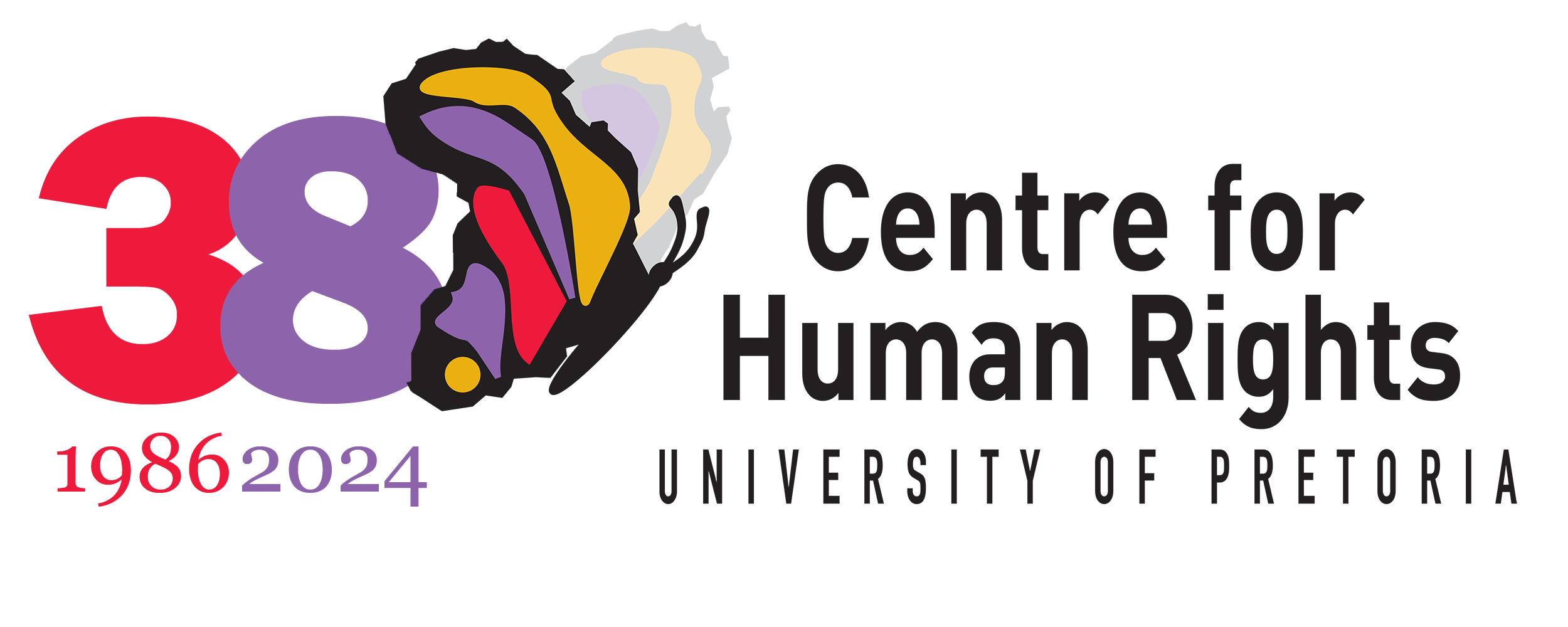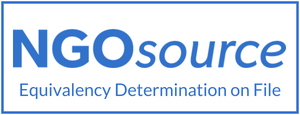The Centre for Human Rights, University of Pretoria invites you to the launch of ‘Gender Equality at Higher Education Institutions in Africa: A Gender Audit Tool’
![]() Download the Gender Audit Tool
Download the Gender Audit Tool
The Centre for Human Rights (CHR) will be launching a Gender Audit Tool developed towards the realisation of gender equality at higher education institutions across Africa. This Gender Audit Tool was developed with funding from the Norwegian Ministry of Foreign Affairs and is geared towards the contemplation of greater gender equality at higher education institutions across Africa. The tool will be disseminated to CHR partner universities and other universities across Africa.
The launch will take the form of a panel discussion on the general theme of “Gender Equality in Higher Education Institutions across Africa.”
Date: Monday 28 July 2014
Time: 12:30 - 14:00
Venue: Merensky (Main Library) Auditorium, Hatfield Campus, University of Pretoria
Enquiries: Yvonne Oyieke
+27 12 420 5449 / yvonne.oyieke@up.ac.za
Refreshments will be served.
About the Gender Audit Tool
As a contribution to transformation at the University of Pretoria (UP), the Centre for Human Rights (CHR) and the Centre for the Study of AIDS (CSA) undertook, with financial assistance from the Norwegian Ministry of Foreign Affairs, to develop a gender audit tool and to pilot different parts of it within various departments of the university. The aim of this process was to provide examples of the application of such a tool at UP and hence to support African universities in their efforts to strengthen equality between men and women at their institutions. The project also aimed to sensitise members of UP and, in particular, the Executive Committee, to the numerous ways in which gender inequality was entrenched at the institution and to inspire positive change towards greater equality.
In piloting the tool, we applied different parts of it to limited sectors and departments of the university, and these findings are reflected in chapter 7. For example:
- The CHR was examined in terms of women’s participation in its management and governance;
- Interviews were conducted with staff members at the CHR regarding whether curricula fostered a sense of gender accountability and fairness;
- Student life on campus was examined in terms of the experience of students across the university regarding gender and LGBTI discrimination or affirmation; and
- A policy review looked at whether university policies in general protected respected and fulfilled the rights of women and men to gender equality and non-discrimination.
Hence it should be noted that the results recorded in chapter 7 are not a reflection of the entire university. The results provided are merely intended to show practically how a gender audit, using this tool, can be carried out within an institution of higher education.
This Tool is comprised of 6 substantive chapters. Chapter 1 is the introduction. Chapter 2 provides some background to the guide, including an analysis of the reliance on gender toolkits as part of the broader gender mainstreaming agenda. Chapter 3 highlights the regional and international commitments that African states have made with respect to the realisation of gender equality, and which provide a context for realising this goal at higher education institutions. Chapter 4 outlines the challenges faced by women at higher education institutions by way of example of other audits undertaken across Africa. Chapter 5 outlines the process involved in the development of the Gender Audit Tool including the methodology and delineation of the scope. Chapter 6 contains the Gender Audit Tool that may be utilised at institutions of higher learning to undertake an institutional gender audit. The tool comprises both a set of core questions and additional, supplementary questions that may help to enrich any gender audit process. Chapter 7 contains findings from piloted aspects of the Gender Audit Tool in particular departments of UP. This chapter also highlights the rationale for conducting the audit at the university and the challenges faced and recommendations that can be made to the specific departments audited within the university, in light of the findings.
Our hope is that this document and in particular, the Gender Audit Tool, will encourage further debate and discussion about the importance of addressing gender equality issues at higher education institutions. We trust that the tool will be useful to other institutions which wish to conduct a comprehensive gender audit, and to track their progress in addressing gender inequality.


